Welcome all to another installment of our Whaling City Solar Hardware Guide. We believe that sharing our collective knowledge with you our prospective customers allows us to talk to each other in the same language. Doesn’t matter if it’s a solar module, an inverter, a racking component or an electrical safety device – if you’ve never heard of it, we’re here to change that before it goes on your house for 25+ years. Found something on the internet you’re interested in but we haven’t covered yet? Please write to us and ask!
Today’s subject: A true powerhouse of a solar panel – the QCell 380W All Black
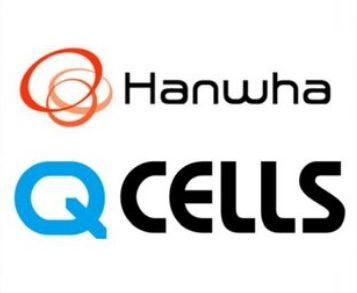
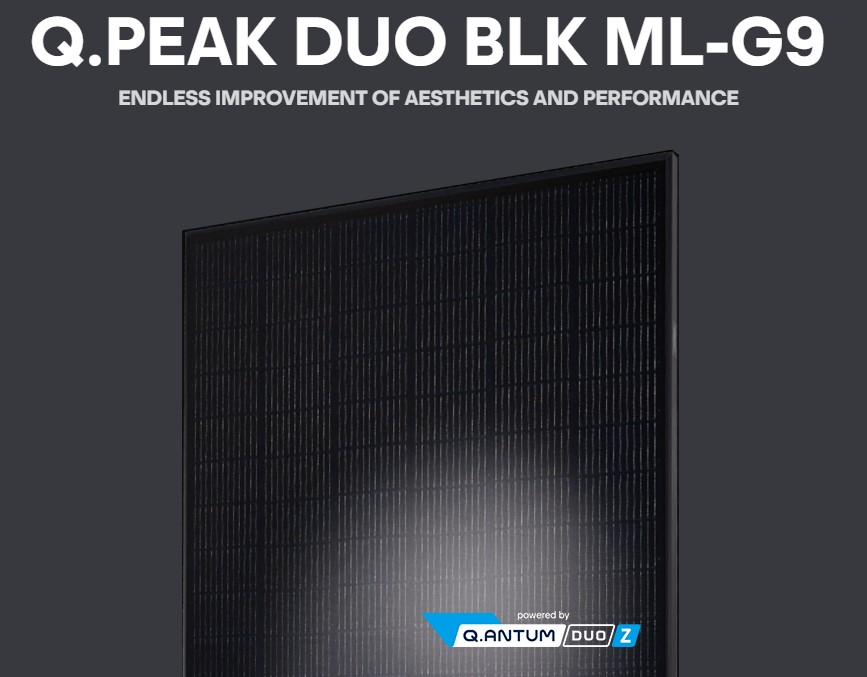
Our views on solar modules as a whole
Solar “panels” (used interchangeably with the term “modules”) are the first thing we all see when we look at a solar installation, so it makes sense that they get the lion share of attention. They also have a lot of mystery associated with them because there are so many installation panels selling so many different brands at so many different prices it would make anyone’s head spin.
In reality they are just stationary sheets of glass and silicon up on the roof, layered in slightly different configurations achieve certain characteristics. To this end, we strongly encourage you not to view the solar panels you choose for your home as “good panels” vs. “bad panels” but instead ask why the panels characteristics (including price!) are the right fit for your home.
To help sort these characteristics out for you comparing models, we’re going to follow a basic template describing each solar panel we cover. If you’ve already read our template text below, please feel free to scroll straight down to the hardware review!
- Performance – Wattage, Efficiency and Environment
- Wattage per panel: Every model has a nameplate rating (almost always the number in its name) that shows the rate of DC power they can generate at an universally agreed upon set of temperature and sunlight conditions. Meaning a 360W panel won’t necessarily make exactly 360 watts on your home, but it will make proportionally more power than a 310W panel in the same location. Happily, in 2021 we have access to dozens of choices in the US market ranging from 300W up to 450W, all with different physical footprints, efficiencies, and prices. Wattage is important but certainly not king!
- Efficiency: Historically non-distinguishable to wattage per panel, however that’s changed recently with certain manufactures finding success with larger non-standard footprints. A larger footprint panel may look better at first with a higher wattage, but remember you’ll be able to fit less on the roof! Efficiency lets us compare this new breed of panels on fair ground, but be aware that high efficiency panels are typically more expensive than the value of the extra electricity they produce. Efficiencies currently range from about 17%-22%.
- Environment: Notice how most high power devices like laptops always have a cooling fan running? Electronics typically perform better in low temp environments, and solar panels are no different. Solar panels will actually produce more power on a long cold sunny day than a hot one. How much more? There’s a temperature coefficient published with each solar panel that shows us in %/º C (sometimes %/º K – which is the same thing). Temperature coefficients range from about -.50%/º C to -.20%/º C the lower the better.
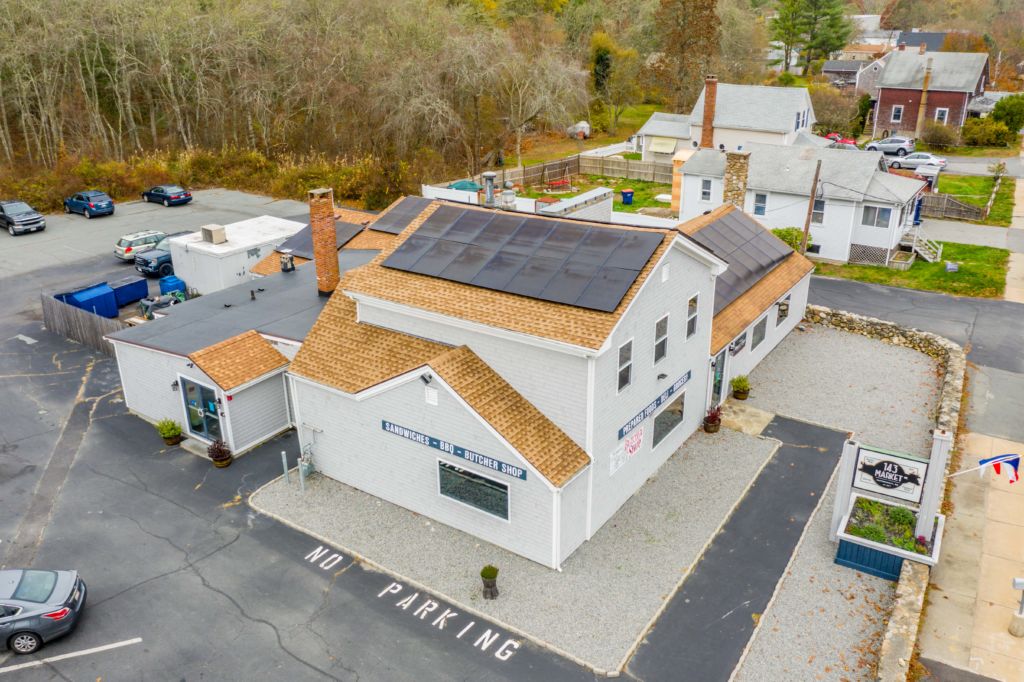
- Manufacturers Warranty – Materials & Performance
- Materials: A solar panel’s material warranty insurance covers the interior of the panel itself and can be claimed for manufacturing defects, environmental issues, and premature wear and tear. We’ve been doing this a long time and we can say confidently that by far your most likely scenario is that your panels will never have a warranty claim. Understand also that in the rare case one panel does require replacement, the rest of the system will still be operating in the meantime. We will not install a solar panel without a minimum guarantee of 10 years without failing.
- Performance: Due to normal electronics aging the amount of electricity a solar panel produces declines slightly every year, but not by much. The manufacturers define an acceptable threshold for how much is too much. Like the materials warranties, we can count on one hand the number of panels that have ever exceeded this threshold. However we do feel like a better performance warranty is indicative of overall craftmanship of the panels and predicts even lower degradation behavior. We will never install a solar panel that is not backed by a minimum solar panel’s performance warranty guaranteeing 90% production at 10 years and 80% at 25 years.
- Price
- The direct price per panel that Whaling City Solar pays our supply chain vendors. We encourage you to compare our prices to the online “wholesale shops” because we put a lot of work into buying each model number at bottom dollar to pass those savings on to you. Remember that the panels themselves are just one part of the whole installation, accounting for about 15-20% of the total installation cost. Choosing a value focused brand over a efficiency focused brand can result anywhere from a $1000-$4000 swing in the overall cost of the system.
- Aesthetics and other features
- Aesthetics are a variable that may matter a ton or very little to you depending on the placement of your panels on the house. You own opinion matters more than ours, but we can show some pics to help you get a feel for what they may look like on your home. For street facing residences and businesses, we will always default to a black cell, black frame, black back sheet variety of panel from your brand of choice. Other features may include some fancy wiring for shade mitigation, additional rear frame bars, etc. features that don’t necessarily affect the main performance variables discussed above, but have some benefits we feel are worth mentioning.
- Conclusion
- Our unfiltered thoughts on why and where we would recommend these panels.
Model # Q.PEAK DUO BLK ML-G9 – Spec Sheet
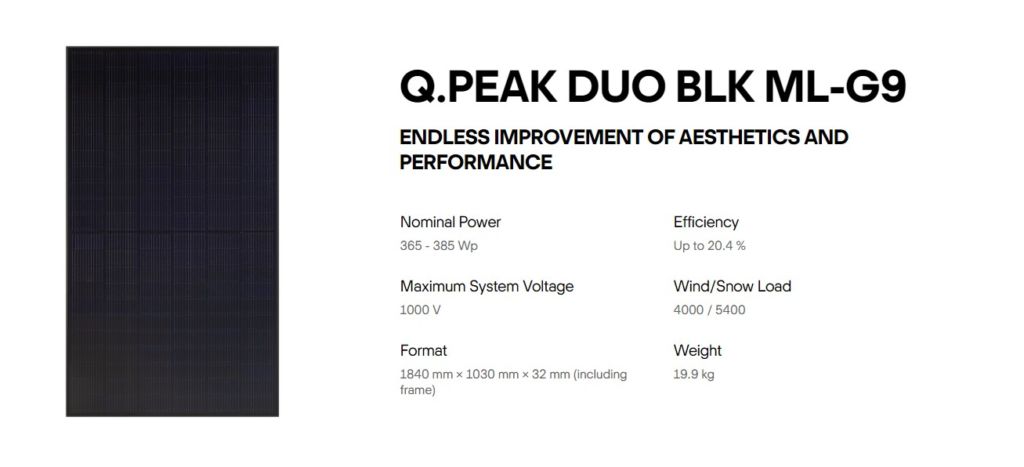
Performance

- Wattage per Panel: 380W
380W is in the top tier wattage class for a residential panel as of the writing of this article in February 2021. An array of QTY:20 Q.PEAK DUO BLK ML-G9’s would create a 7.6kW solar system (that’s just 20 x 380W for those curious). The system would subtract about $175/month off of your electric bill, plus an additional $70/month dollar SMART incentive check. - Panel Efficiency: 20.3%
- We at WCS are so excited to see another manufacturer cross the 20% efficiency benchmark! Back when we started i the industry 20% efficiency was a pipe dream – now it’s unbelievable that we have multiple brands to choose from! What really sticks out from this QCell panel is that it’s the first in the mid tier price class to pass this threshold for performance. QCell as a brand has a reputation of steadily investing R&D resources into increasing it’s solar panels electricity yield, and this year’s release is no different.
- Temperature Coefficient: -0.35%/°C
- While higher than some of the premium tier modules we’ve reviewed, a -0.35%/°C temperature coefficient is low enough to feel confident that these solar panels are pushing out solid power year round. On those very few hot Cape Cod beach days at 35 °C (95 °F) do hit, we would anticipate about 3.5% losses due to temperature. For the rest of the year temperatures won’t be an issue. Do note, every WCS financial projection as part of our proposals accounts for these weather effects.
Aesthetics and other features
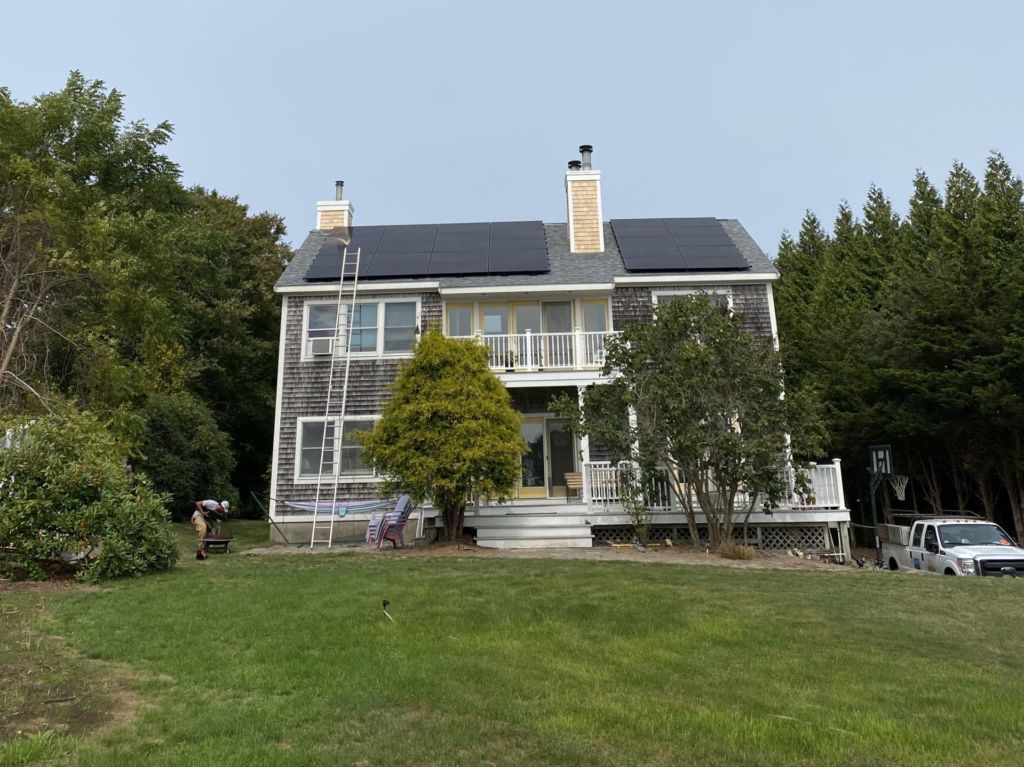
- Aesthetics – All Black
- These all black QCell panels look about as standard an all black panel as there is this year. No fancy busbar blending or reflective coating like some of the premium tier modules, since most homeowners don’t need that extra polish when the panels are mounted up on the roof. As you can see in the above picture these panels blend seamlessly into the rooflines with curb appeal.
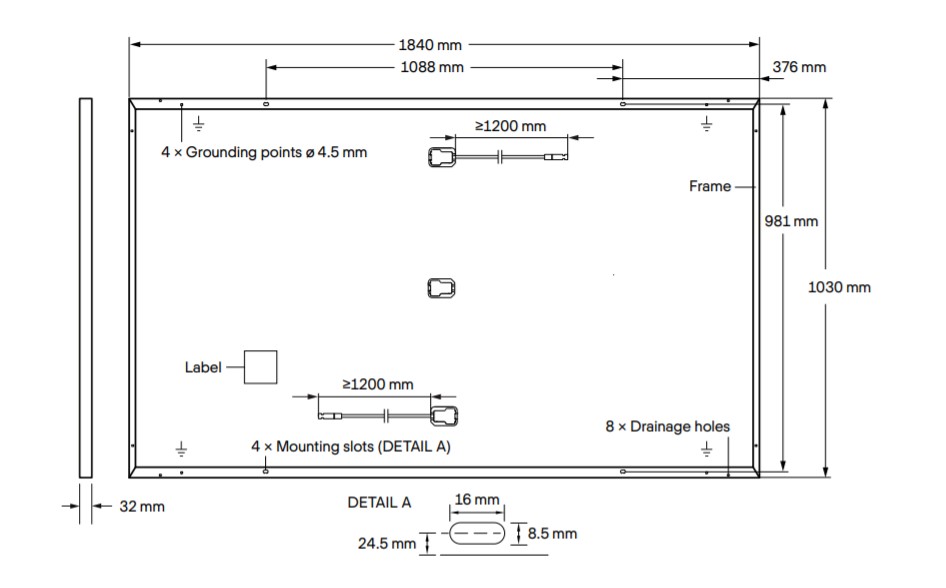
- Increased Footprint
- This 380W panel marks QCell foray into experimenting with expanding the standard 3.5’x5.5′ residential panel size. The Q.PEAK DUO BLK ML-G9 is about 6″ longer stretching out to a full 6 feet. While it’s true that you theoretically fit fewer panels on the roof, we find in practice – when laying the modules down in portrait configuration – we can fit these big boys up there 40% of the time. Often, we find the extra margin in the lower half of the roof before reaching the gutter. Room that we typically couldn’t use because another 3.5′ module wouldn’t fit in landscape. By fitting more wattage on the roof with fewer panels, we’ve found non-trivial cost savings in mounting hardware, module level power electronics and overall labor.
Price
- Price – SeeThru Panel price of $216 per panel ($.57/W)
As with all of Whaling City Solar’s SeeThru SolarTM pricing, we show and charge direct warehouse panel pricing direct to you homeowner. Including transportation costs to the house, these Q.PEAK DUO BLK ML-G9 panels cost ~$216ea ($.57/W) as of the writing of this article. This is an absolute home run of a price considering it’s size spec.
A full installation using these panels would cost around $2.75-$3.00/W depending on the overall size of the system. If the $/W price format isn’t clear to you yet – please do yourself a favor and understand how our SeeThru SolarTM pricing works!
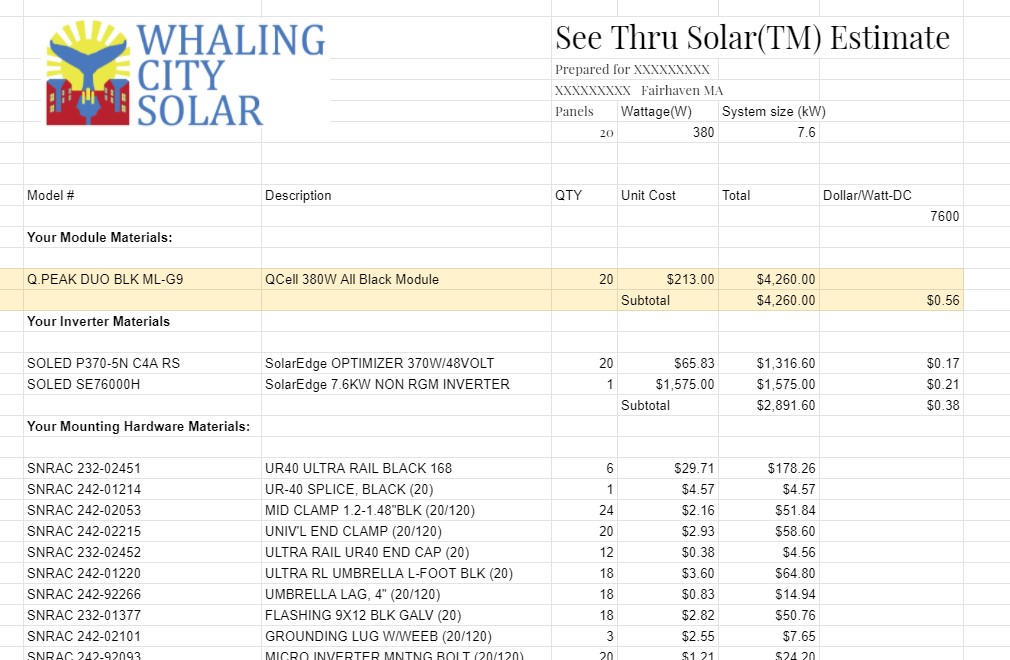
Warranty

- Material Warranty: 25 Years
- Standard 25 year material warranty here on the panels. Labor to replace the panels still lies on the homeowner – thankfully it’s rare and it’s only about $250 for two electricians to safely swap a panel.
- Performance Warranty: -0.54%/YR
- We see slightly better degradation numbers in the more expensive premium modules, but at 0.54% max degradation, your panels are warrantied to still be producing at 93% of nameplate rating at year 10, and 85% in year 25.
Conclusion
As we like to repeat over and over again, the best solar panel in the world is the one that is right for your home and your installation. When we see roof dimensions that correctly fit this slightly larger footprint panel – this panel really shines as a winner. Currently we’re been recommending the Q.PEAK DUO BLK ML-G9 on about 20% of the homes we visit as a result of the roof geometry. From a bank for the buck perspective, the amount of power these panels output for the price is the best for any panel 340W and up, and that’s a great championship belt to hold. We’re watching the market closely as more panel manufacturers start experimenting with new footprints.
Think the Q.PEAK DUO BLK ML-G9 may be a good fit for your home? Let us lay out a satellite design for free by filling out our web form below or contacting our design team here at Whaling City Solar at 508-415-5661!
Joing Over 500,000 Students Enjoying Avada Education now
Immediately upon receipt of your information one of our staff members will reach out to ask whether you prefer a Remote Site Visit (Zoom, Google Meetup, etc.) or in In-Person Site Visit with our co-founder Adam. You will be provide priced, project timeframe and projected financials within 24 hours of your site visit. Stop procrastinating, you could have an answer to how much solar panels cost for your home this week!

